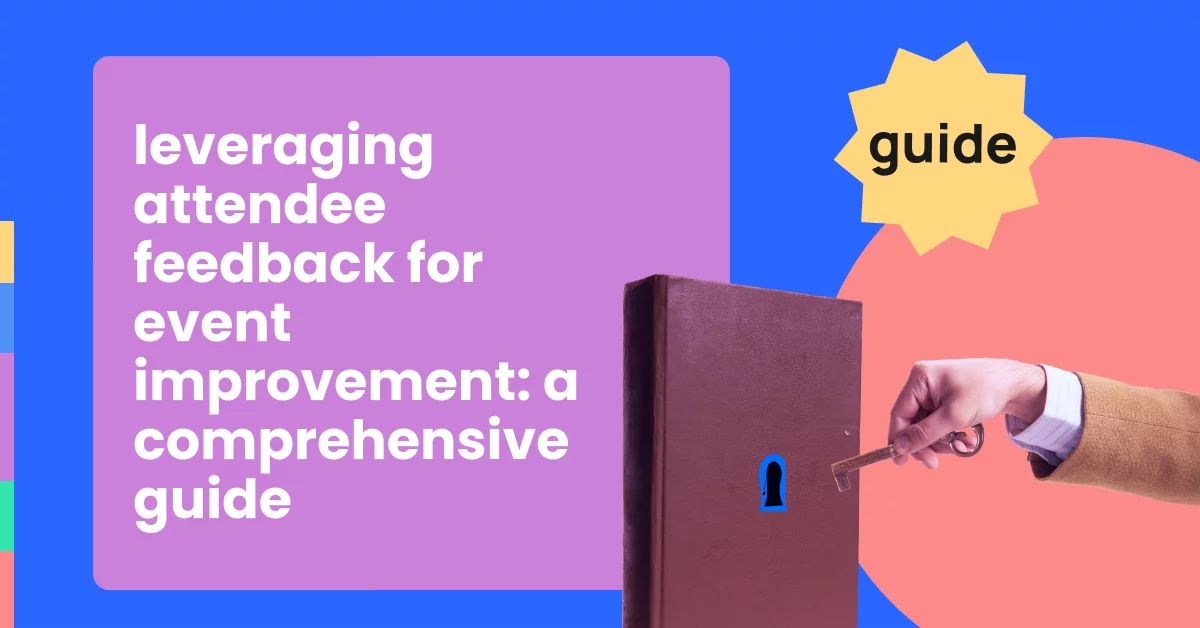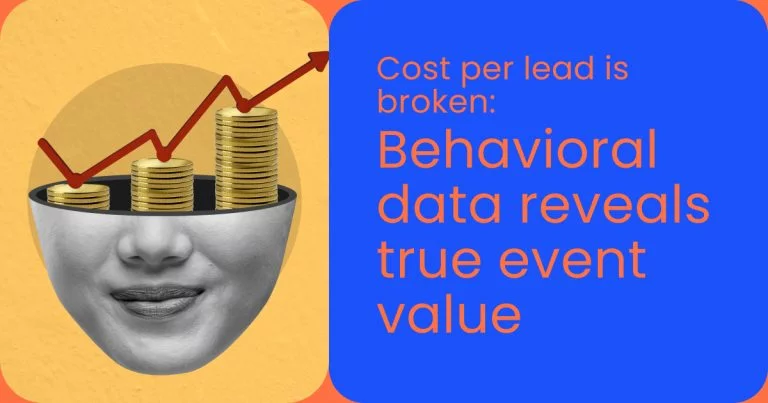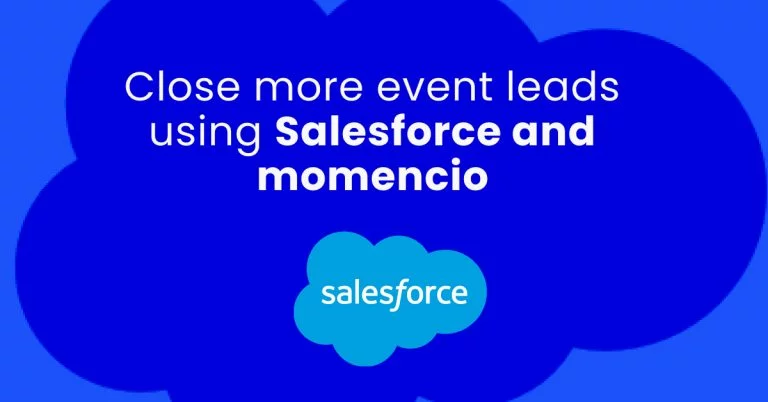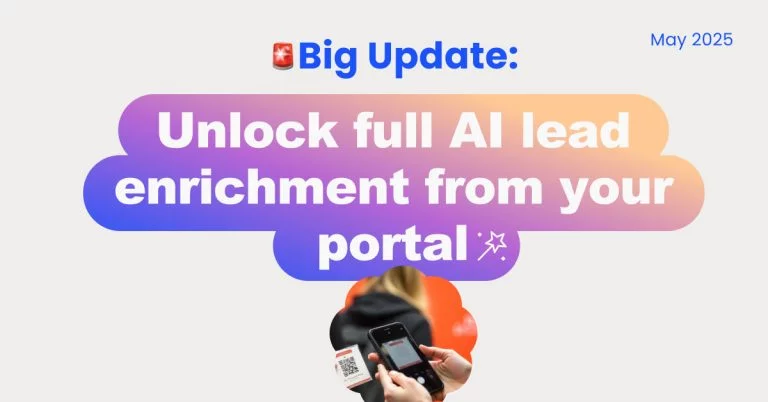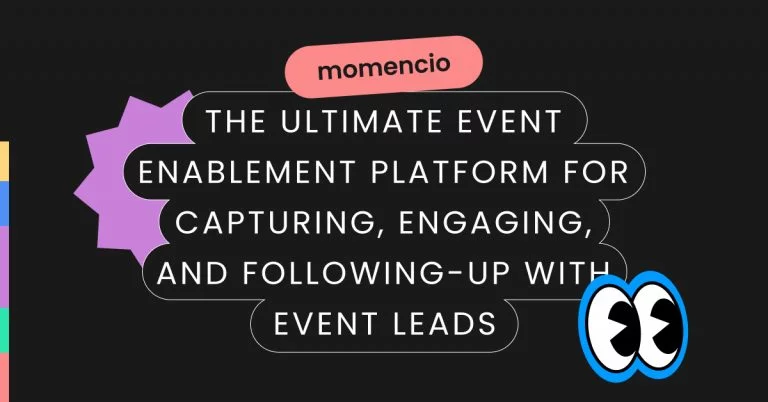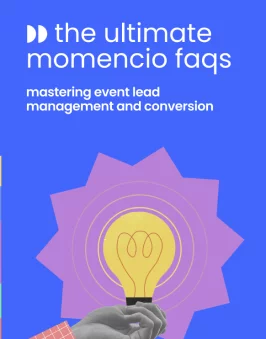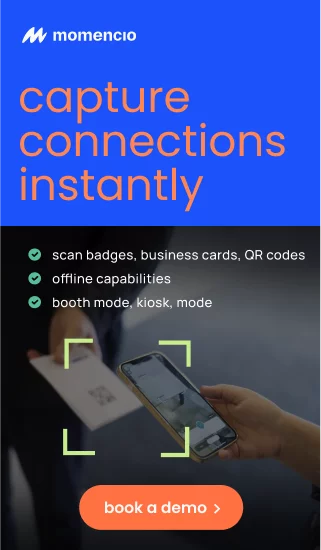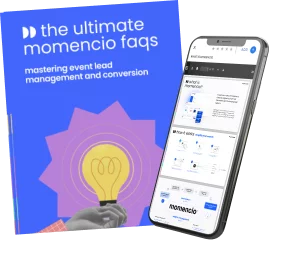Why is attendee feedback vital for post-event engagement? It’s a question that echoes through the halls of every successful event. In a landscape where experience and engagement are king, the voices of your attendees hold the power to elevate your events from good to unforgettable. Attendee feedback, both qualitative and quantitative, serves as a critical tool for event organizers to measure success, understand participant needs, and tailor future events for better experiences. A statistic from EventMB highlights that leveraging attendee feedback effectively can increase future event engagement by up to 33%. This article delves into the importance of attendee feedback, showcasing methods for collection, analysis, and implementation to drive continuous event improvement.
Why Attendee Feedback is Crucial
Enhancing Post-Event Engagement
Attendee feedback serves as the linchpin in enhancing post-event engagement. By understanding the attendee’s experience from their perspective, event organizers can craft strategies that extend the event’s life cycle beyond the final session. Immediate post-event communications that reflect attendees’ feedback show that their input is valued and act as a bridge to ongoing engagement. This can include personalized content, opportunities for continued learning, and platforms for community building.
Informing Future Event Strategies
Every piece of feedback is a building block for the next event. By scrutinizing attendees’ insights, event planners can fine-tune aspects like event content, format, pacing, and even speaker selection. This invaluable data paints a picture of what attendees genuinely want and need, allowing for informed decisions that shape future event strategies toward success. Feedback-driven improvements can significantly enhance the overall quality and relevance of events, ensuring each iteration is better than the last.
Methods for Collecting Attendee Feedback
Surveys and Questionnaires
The staple tools for feedback collection are surveys and questionnaires, often distributed immediately post-event. They should encompass a mix of rating scales and open-ended questions to gather both quantitative and qualitative data. The key is to keep them concise to encourage higher completion rates yet comprehensive enough to draw meaningful insights.
Digital Platforms: Social Media and Event Apps
Leveraging digital platforms like social media and dedicated event apps can facilitate real-time feedback during the event itself. These platforms can provide instant reactions and comments, offering a live pulse of attendee sentiment. Polls, live Q&As, and reaction features can also add to the richness of the data collected.
Personal Interviews and Focus Groups
For a deep dive into attendee experience, personal interviews and focus groups conducted post-event can uncover nuanced feedback that surveys may not capture. These discussions can reveal the ‘why’ behind attendee reactions, offering clarity that can directly inform more strategic and impactful changes for future events.
Analyzing Feedback for Actionable Insights
Once you’ve gathered feedback from your event attendees, the next critical step is to sift through the data to extract meaningful insights that can drive improvements for future events. This involves both qualitative and quantitative analysis.
Qualitative vs. Quantitative Analysis
Qualitative Analysis: This form of analysis looks at the non-numerical feedback collected, which often comes from open-ended survey questions, interviews, or comment sections. It provides rich insights into the attendee’s thoughts and feelings. Techniques like thematic analysis can be utilized to identify common themes or sentiments expressed by participants.
Quantitative Analysis: Quantitative feedback analysis deals with numerical data—ratings, rankings, and other metrics that can be easily measured and compared. This could involve using statistical tools to determine the average satisfaction score or the percentage of attendees who found a particular session valuable.
Tools and Techniques for Data Analysis
Several tools can facilitate the analysis process:
- Survey Analysis Software: Platforms like SurveyMonkey or Google Forms offer built-in analytics for quick insights.
- Statistical Software: For more in-depth analysis, software like SPSS or R provides robust statistical capabilities.
- Data Visualization Tools: Tools such as Tableau or Microsoft Power BI can help visualize data for more straightforward interpretation.
Implementing Feedback for Event Improvement
Having analyzed the feedback, it’s time to put those insights into action. The goal is to address any shortcomings and capitalize on what worked well.
Best Practices for Acting on Feedback
- Prioritize Feedback: Start with the most frequent or critical feedback that aligns with your event objectives.
- Develop an Action Plan: Create a specific, measurable, achievable, relevant, and time-bound (SMART) action plan to address the critical areas of improvement.
- Engage Stakeholders: Involve your team, sponsors, and partners in the process to ensure buy-in and shared responsibility for improvements.
- Communicate Changes: Let participants know how their feedback has been instrumental in shaping upcoming events, which can increase engagement and loyalty.
- Monitor Improvements: Continually assess how the changes are impacting attendee satisfaction to ensure you are on the right track.
Implementing attendee feedback is a dynamic process. It requires a blend of analytical rigor and creative problem-solving to enhance the event experience continuously.
Continuous Learning and Development
The cycle of gathering and applying attendee feedback continues after a single event. It’s a continuous loop that contributes to the growth and development of your events.
Lifelong Learning from Attendee Feedback
- Record Keeping: Maintain a comprehensive database of feedback for all events to track progress over time.
- Trend Analysis: Look for patterns in feedback across different events to understand broader attendee preferences and expectations.
- Education: Use feedback as a learning tool for your team, encouraging them to engage with the insights and develop professionally.
Leveraging Feedback for Long-Term Relationships
- Building Trust: Showing attendees that their feedback leads to tangible improvements fosters trust and loyalty.
- Community Building: Use the insights to create a community around your event where attendees feel valued and heard.
- Customization: Tailor future events to meet the needs of your attendees better, creating more personalized experiences.
Tools for Continuous Improvement
- Feedback Management Systems: Keep track of all feedback and follow-up actions.
- Learning Management Systems (LMS): Offer training modules based on feedback insights to improve staff competency.
- CRM Integration: Incorporate feedback into customer profiles for a holistic view of attendee preferences.
Conclusion
The power of attendee feedback extends far beyond a post-event survey. It’s the cornerstone of a continuous improvement cycle that informs decisions, drives innovation, and ultimately defines the success of your events. By adopting a structured approach to feedback analysis and implementation, event planners can turn insights into actions that resonate with their audience and elevate the entire event experience.
Ready to transform attendee feedback into your most potent event success tool? Book a demo with momencio today and discover the difference an integrated lead capture and event analytics platform can make.
FAQs
- How do I encourage more attendees to provide feedback?
- Offer incentives, simplify the feedback process, and ensure attendees understand the value of their input.
- Can negative feedback be more valuable than positive feedback?
- Absolutely. Negative feedback pinpoints specific areas for improvement and can be incredibly instructive.
- How soon after an event should I ask for feedback?
- Promptly, while the experience is fresh in attendees’ minds—typically within 24-48 hours post-event.
- Is it necessary to act on all feedback received?
- It’s essential to consider all feedback but act on what aligns with your strategic goals and what is feasible.
- How can feedback be used to shape event strategy?
- Feedback provides insights into attendee needs and preferences, helping you to refine your event strategy to better cater to your audience.
_________________________________________________
Feedback isn’t just a post-event formality; it’s the key to unlocking the full potential of your events. With momencio, you can seamlessly capture, analyze, and implement the insights that will drive your events forward. Don’t just host events—perfect them with momencio.
